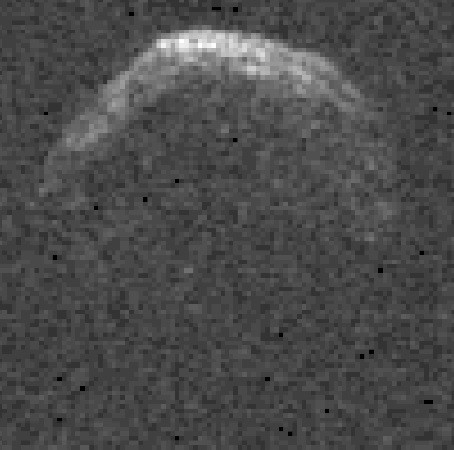Scientists Discover How to Protect Earth from Potentially Hazardous Asteroids

Analysis of one of the most infamous near-Earth asteroids has allowed scientists to discover how best to protect Earth from a potential impact.
Published by Nature, scientists from the University of Tennessee in Knoxville looked at how asteroid (29075) 1950 DA is held together.
They discovered it was down to gravity and friction – similar to how Moon dust collects on astronauts' spacesuits.
This finding means experts looking to divert an asteroid on course to collide with Earth would be better off pushing it on to a new trajectory rather than blasting it apart, as happens in 1998 film Armageddon.

1950 DA will pass Earth in 2880, with its odds of hitting it at one point estimated to be as much as one in 300. More recently, scientists have said the odds are more like one in 4,000.
Previously, scientists have hypothesised that unknown forces help hold asteroids together, in particular rubble-pile asteroids that are accumulations of dirt and rock, according to Nature magazine.
Some rotate slowly, meaning the gravitational attraction holds them together. However, with fast-spinning asteroids, forces from within should overwhelm the gravitational pull and tear it apart.
Researchers looked at how sunlight penetrates 1950 DA coupled with its shape and thermal properties to work out its density. They found it was very light, having a density just 1.7 times that of water.
They believe that because of its properties, there must be cohesive forces holding it together.
If this asteroid, or one like it, was on course to hit Earth, then experts could use a "gravity tractor" to deflect it. This is a spacecraft that would fly alongside it, using its gravitational pull to draw it away from Earth.
"You'd want to avoid interacting with the asteroid directly," said Ben Rozitis, co-author of the study.
Blowing it to bits would not be a good idea, he said, because you would not know how the fragments would react.
© Copyright IBTimes 2025. All rights reserved.






















